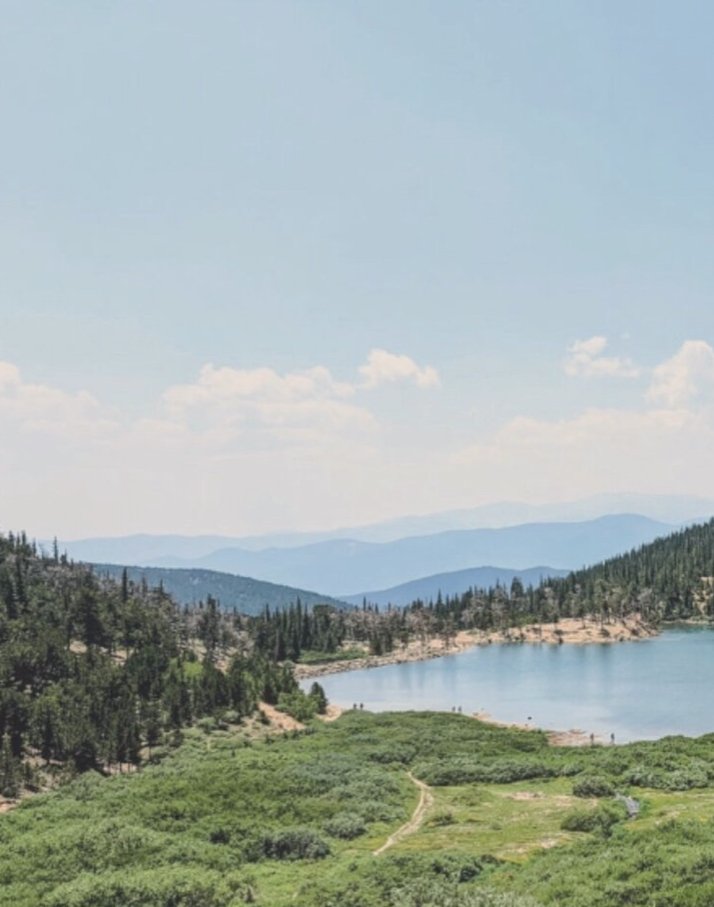Review: Tom Brown’s Field Guide: Nature & Survival for Children
In an online homeschool group years ago, this book and the complementing book series were recommended. I noted them, placed them on a list of future homeschool reads. This spring, I found that list and started looking to which books would be good resources to glean from for this upcoming school year.
I’ve held off for months on writing this review and almost skipped writing it altogether-mainly because I needed to digest it a bit more. Quite a bit of the material was familiar territory to us from our homesteading years. The first half of the book would have been a fabulous reference all those years ago(like, you know, if I’d purchased it when I originally put it on our list?).
The book is divided into two parts: Awareness and Survival. I found part one, Awareness, to be strong in its understanding of multi-sensory learning techniques. It articulates well why time in nature is imperative for children and adults alike. The author consistently reminds the importance of maintaining safety, which I found refreshing for a survival/adventure book. He includes the best explanation of track marking I’ve ever read.
“I often wonder how many of our children, when reaching for a loaf of bread see a wheat field, or taking an apple from a shelf, see a tree…” -Tom Brown, Jr.
The second part of the book, Survival, is where I almost tossed the book. I hate to admit it, but it reads almost like it was written quickly and lacks flow. The second half of the book is a rather self-indulgent and sways off the survival aspect quite frequently at a distracting level. This section, the part I actually purchased the book for, the area I wished to learn more from.
While the second half is supposed to give information on shelter making, food finding, water sourcing safety for children, it glosses over the highlights and there isn’t enough information to logically apply in real life without finding another book or class.
Because something about the second half seemed off, so I went to the internet to see if I could find anymore information. It seems the author has had some controversy about where he learned his tracking and survival skills. He references two males, named “Grandfather” and “Rick”, throughout the book. There’s questioning as to whether these two men actually existed.
My feeling after learning this is that it doesn’t actually change the information included in the book or whether I’d read the book. Even if these two men are fictitious, they were utilized in the book to assist in the storytelling aspect.
However(and this is a big however), I wouldn’t hand my kiddos the book to read and here’s why…the second half of the book veered way into New Age wording and maintained that style writing throughout. When “Grandfather” is mentioned in the book, he is teaching the young author and “Rick.”
However(and this is a big however), I wouldn’t hand my kiddos the book to read and here’s why…the second half of the book veered way into New Age wording and maintained that style writing throughout. When “Grandfather” is mentioned in the book, he is teaching the young author and “Rick.”
While, the first half of the book is well written, has the best explanation of track marking I’ve ever read, and the author has a strong grasp of multi-sensory teaching in nature…I can’t recommend this book. The second half was just too far of a drift from creationism. There are other books that can teach the techniques he shares in the first half. It’s a 2/5 stars read for me.




